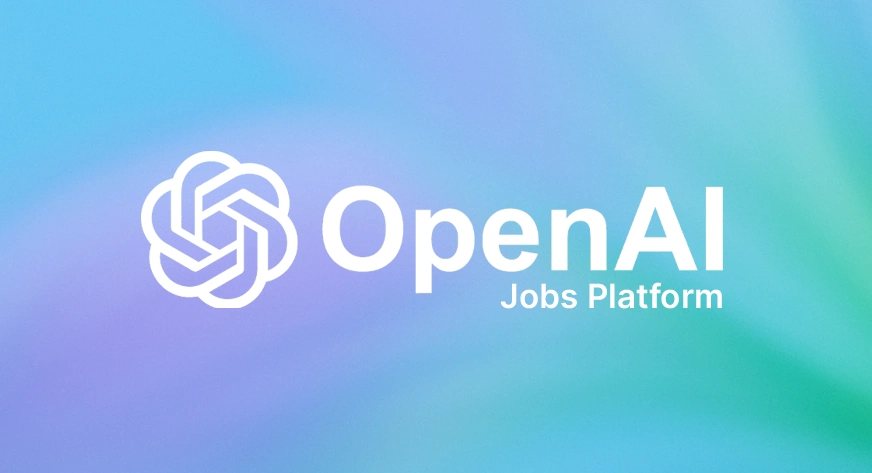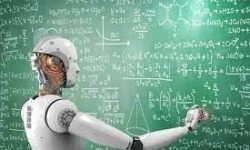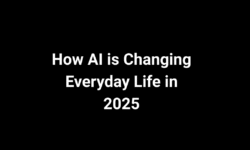💼 OpenAI Jobs Platform 2026: The AI Giant's Answer to the Job Crisis it Created
Table of Contents

OpenAI's vision for AI-powered job matching and workforce development
The Irony of AI Job Solutions
🎯 Breaking News: OpenAI, the company behind ChatGPT that has contributed to significant job displacement across industries, is launching an AI-powered jobs platform to compete with LinkedIn. Set to launch in mid-2026, is this OpenAI's attempt at redemption or a strategic business move?
In a move that raises eyebrows across the tech industry, OpenAI has announced two major initiatives: the OpenAI Jobs Platform and expanded OpenAI Academy certifications. The timing is particularly noteworthy as AI continues to reshape the employment landscape, with studies showing significant job displacement across multiple industries.
Does OpenAI feel guilty for creating systems that eliminated a significant portion of jobs worldwide? Their latest announcement suggests they're positioning themselves as both the problem and the solution to the AI employment crisis.
OpenAI Jobs Platform: LinkedIn's New Rival
Fidji Simo, OpenAI's CEO of Applications and former Instacart CEO, announced the company's bold entry into the professional networking space. The OpenAI Jobs Platform promises to use advanced AI to create more precise matches between employers and job seekers.
🎯 Key Features and Capabilities
- AI-Powered Matching: Advanced algorithms to match candidates with perfect job opportunities
- Multi-Level Support: Experienced professionals to entry-level candidates
- Government Integration: Special tracks for local governments and public sector hiring
- Small Business Focus: Dedicated pathways for small and medium enterprises
- Real-Time Analysis: Continuous evaluation of skills, project histories, and certifications
- AI Fluency Priority: Emphasis on connecting AI-skilled workers with relevant opportunities
— Fidji Simo, CEO of Applications, OpenAI
The platform aims to address the growing skills gap in AI-related fields while creating opportunities for workers displaced by automation. It's particularly focused on connecting businesses with AI-certified professionals who can help organizations implement and manage AI systems effectively.
OpenAI Academy: Certifying the AI Workforce
Alongside the jobs platform, OpenAI is significantly expanding its OpenAI Academy with a comprehensive certification program. This initiative represents a direct response to the skills gap created by rapid AI adoption across industries.
📚 Certification Programs Overview
🤝 Corporate Partnerships
OpenAI has secured partnerships with major corporations to integrate these certifications into their workforce development programs:
- Walmart: Training 1.6 million employees across the United States
- Boston Consulting Group: AI consulting and implementation expertise
- Texas Association of Business: IT modernization support
- Microsoft: Enterprise AI integration (despite competitive tensions)
🚀 Ambitious Goal: OpenAI plans to certify 10 million Americans in AI skills by 2030, creating what could be the largest workforce transformation initiative in modern history.
How the Platform Will Work
The OpenAI Jobs Platform will operate as an AI-first recruitment ecosystem, fundamentally different from traditional job boards or networking platforms like LinkedIn.
⚡ Platform Mechanics
The platform will analyze multiple data points to create optimal matches:
- Skills Assessment: Real-time evaluation of technical and soft skills
- Project History: Analysis of past work and achievements
- Certification Status: OpenAI Academy credentials and other qualifications
- Cultural Fit: Matching personality and work style preferences
- Growth Potential: Identifying candidates ready for upskilling
Unlike LinkedIn's network-based approach, OpenAI's platform will focus on competency-based matching, potentially creating more equitable hiring opportunities for professionals from diverse backgrounds.
Competition with LinkedIn: A Complex Dynamic
OpenAI's entry into the professional networking space creates a fascinating competitive dynamic, especially considering the complex relationships involved.
🔥 The Competitive Landscape
| Aspect | OpenAI Jobs Platform | |
|---|---|---|
| Launch Date | Mid-2026 | Established (2003) |
| Focus Area | AI-first matching | Professional networking |
| Target Audience | AI-skilled professionals | All professionals |
| Matching Technology | Advanced AI algorithms | Network-based + basic AI |
| Certification | OpenAI Academy | LinkedIn Learning |
| User Base | Starting from zero | 900+ million users |
🤔 The Microsoft Paradox
The situation becomes particularly intriguing when considering that:
- Microsoft owns LinkedIn and is OpenAI's largest investor ($13 billion)
- Reid Hoffman, LinkedIn's co-founder, was an early OpenAI backer
- Microsoft has officially recognized OpenAI as a competitor in search and advertising
- The partnership remains complex despite mutual dependencies
💡 Strategic Insight: This competitive dynamic represents one of the most fascinating business relationships in tech history—a major investor competing with its own investment in a market where they both have established interests.
Market Impact and Timeline
The announcement comes at a critical time in the employment landscape, with significant implications for both job seekers and employers worldwide.
📉 Current Job Market Reality
According to recent studies, job losses among 16-24 year-olds are rising as the U.S. labor market faces its roughest patch since the pandemic. Entry-level job postings have declined approximately 35% since January 2023, with AI playing a significant role in this transformation.
🗓️ Implementation Timeline
The platform's success will largely depend on its ability to demonstrate superior matching capabilities compared to existing solutions and whether it can build sufficient network effects to compete with LinkedIn's established user base.
🚀 Prepare for the AI-Driven Job Market
Stay ahead of the curve by understanding how AI is transforming employment and what skills you'll need for the future.
Learn About AI & Future WorkThe Future of Work Transformation
OpenAI's announcement of the Jobs Platform and Academy expansion represents more than just a business venture—it's a strategic response to the employment disruption the company has helped create. Whether this initiative stems from genuine concern for displaced workers or calculated business strategy, it addresses a critical need in the modern economy.
The platform's AI-first approach could potentially create more equitable hiring opportunities by focusing on skills and competencies rather than network connections. However, it also raises questions about data privacy, algorithmic bias, and the concentration of power in the hands of AI companies.
🎯 Key Takeaway: OpenAI's entry into the jobs market signals the beginning of a new era where the companies creating AI disruption are also positioning themselves as solutions to the problems they've created. This could lead to unprecedented control over both the technology and the workforce it affects.
As we approach the 2026 launch date, several critical questions remain:
- Will OpenAI's platform truly create better job matches, or simply optimize for AI-skilled workers?
- How will the complex relationship with Microsoft and LinkedIn play out competitively?
- Can certification programs genuinely prepare workers for an AI-transformed economy?
- What are the broader implications of AI companies controlling job placement platforms?
The success of OpenAI's Jobs Platform will ultimately be measured not just by its user adoption or revenue generation, but by its ability to create meaningful, sustainable employment opportunities for workers navigating an AI-transformed economy. Whether this represents OpenAI's redemption arc or simply their next business expansion remains to be seen.
Sources & Helpful Resources
- Analytics Vidhya: OpenAI Jobs Platform & Certifications
- OpenAI Official: Expanding Economic Opportunity with AI
- TechCrunch: OpenAI Announces AI-Powered Hiring Platform
- NDTV: OpenAI's AI-First Jobs Platform Details
- CNBC: OpenAI Building LinkedIn Rival
- OpenAI Academy - Official Platform
- AI and the Future of Work: Comprehensive Analysis
- Fortune: AI's Impact on Job Market




